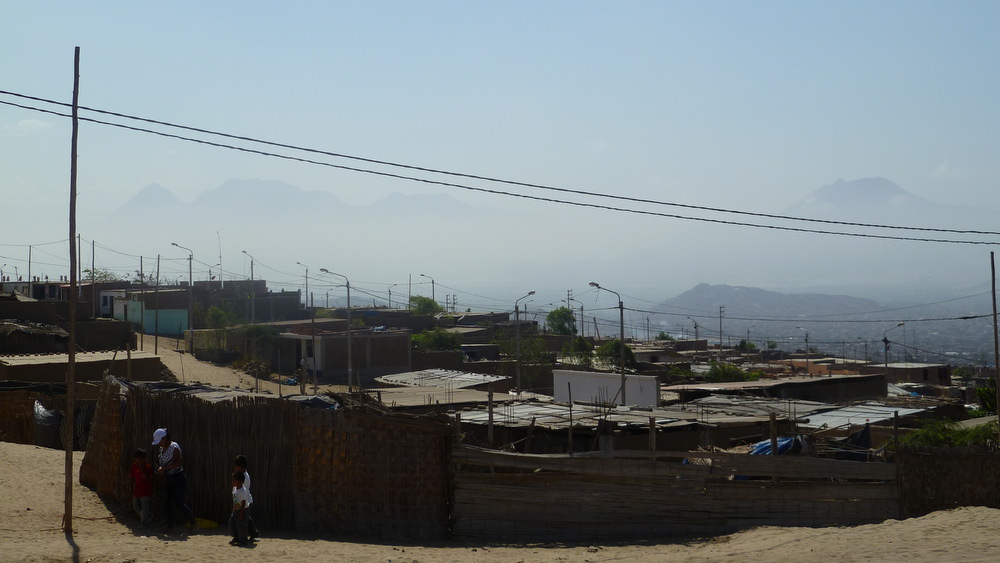In Peru, childhood is one of the most vulnerable and unprotected periods of life. In 2014, 33.6% of the children under the age of 5 lived in poverty while 1.325 million people lived in extreme poverty. Similarly, the school attendance rate for children from 6 to 7 years old was 67% at the same date, meaning that children and adolescents are at great risk*.
Street children and adolescents in Trujillo are minors in social risk who live in deplorable conditions on public roads where they eat, sleep, steal, sniff glue “Terokal”, make bets, establish relationships, have children and are victims of labor and sexual exploitation. 92% of these children consume drugs and alcohol. This critically affects their mental and physical health. These children come from dysfunctional families with major economic problems, are far more likely to drop out of school and are often victims of abuse and violence. They are children and adolescents who, for the most part, have “escaped” from their home. Their personality is characterized by low self esteem, frustration, irritability, deficits in self-control, distrust of others, problems with authority and exacerbation of sexuality and aggression.
One of the human settlements of Trujillo
